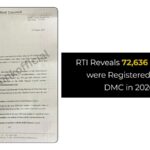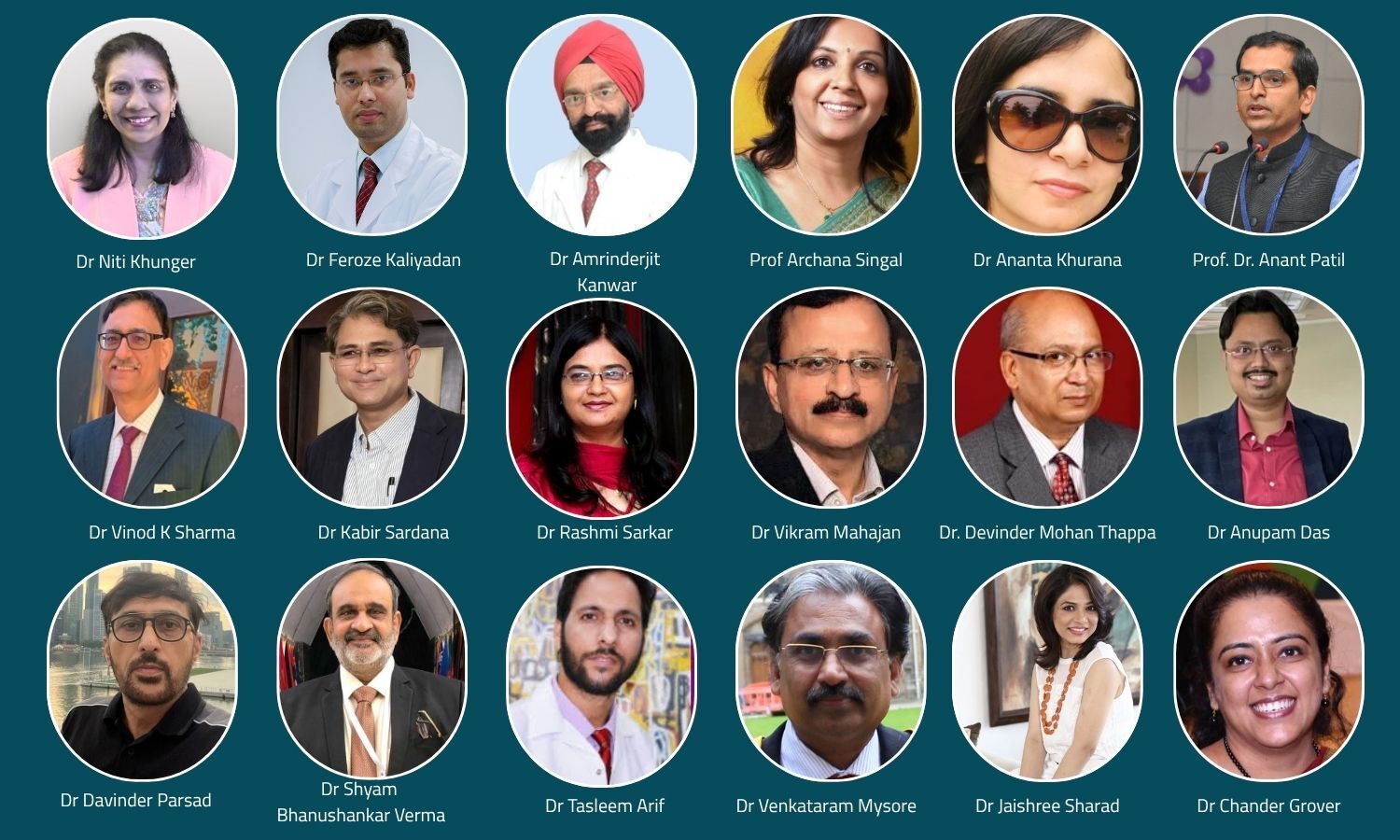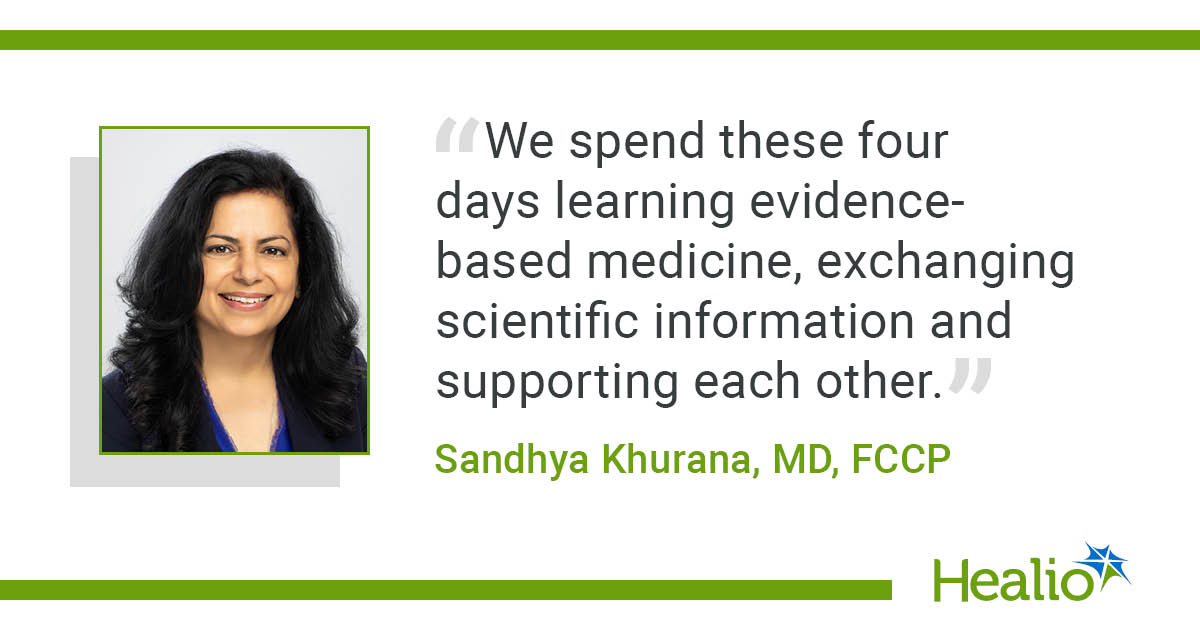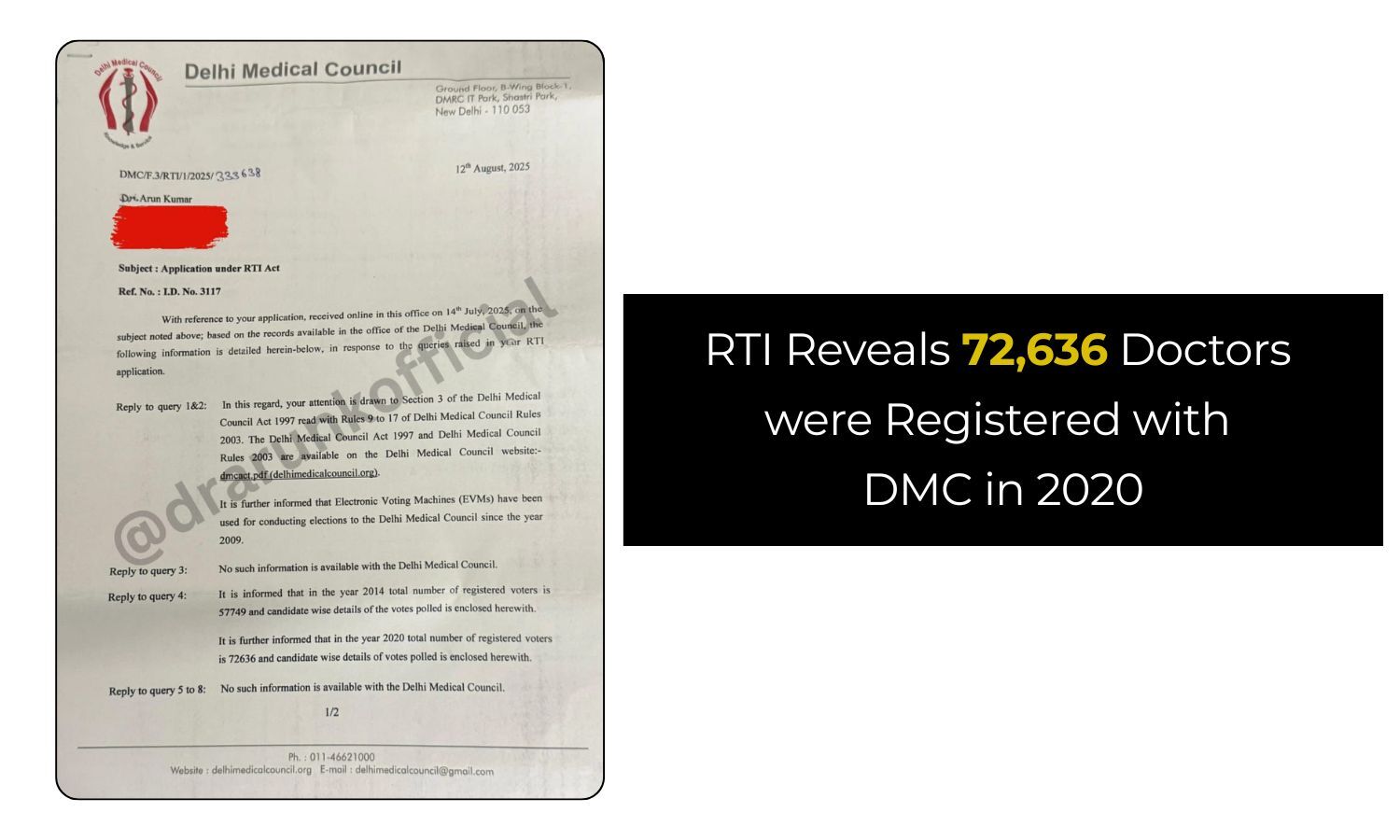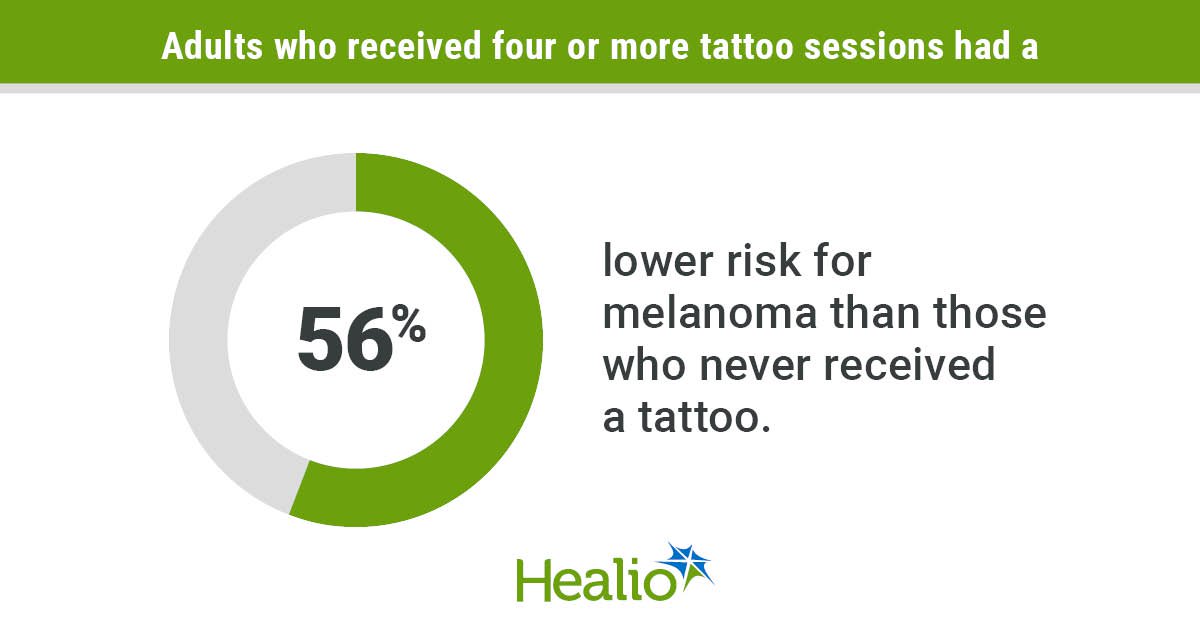September 11, 2025
3 min read
Key takeaways:
- The overall treatment benefit of surgery vs. management at 30 days was significantly diminished at 90 and 180 days.
- At 30 days, 11 deaths were recorded in the MIS group and eight in the MM group.
A minimally invasive procedure with medical management was nonsuperior to medical management alone at 180 days in a cohort of patients with intracerebral hemorrhage, according to data published in JAMA Neurology.
“Intracerebral hemorrhage is one of the worst types of stroke, often requiring patients to stay in the ICU for long periods and leaving many survivors with significant disability,” Adam S. Arthur, MD, MPH, chair of neurosurgery in the College of Medicine at the University of Tennessee Health Science Center, told Healio.

Most patients have bleeding deep in their brain, he continued.
“After the initial damage caused by the stroke, the blood clot left in the brain causes continued damage to the surrounding brain,” Arthur said.
Because of this, Arthur added, minimally invasive surgery to remove the blood clot may provide benefit to patients.
As prior research has yet to conclusively determine if surgical evacuation within 72 hours improves functional outcomes in patients with supratentorial intracerebral hemorrhage (ICH), Arthur and colleagues sought to compare the safety and efficacy of a minimally invasive surgical (MIS) procedure with the Artemis Neuro Evacuation Device (Penumbra Inc.) to guideline-based medical management (MM) alone for individuals with ICH.
They conducted the Artemis in the Removal of Intracerebral Hemorrhage (MIND) study, an open-label, multicenter, randomized clinical trial at 32 sites worldwide, between February 2018 and August 2023.
From an initial cohort of more than 4,000 eligible individuals, 236 adults were selected (median age, 60 years; 63.1% men). All patients had moderate to large volume supratentorial ICH (20 mL to 80 mL), a baseline NIH Stroke Scale (NIHSS) score of 6 or higher, and a Glasgow Coma Scale score between 5 and 15, along with symptom onset fewer than 24 hours prior to imaging.
Participants were randomly assigned on a 2:1 basis to receive either MIS via Artemis within 72 hours of stroke symptom onset with MM (n = 154) or MM alone (n = 82), then followed up at 30-, 90- and 180-day intervals.
The primary efficacy outcome was 180-day combined death and disability via the modified Rankin Scale (mRS) score, while the primary safety outcome was 30-day mortality.
Following an independent feasibility analysis prompted by release of positive results of the concurrent ENRICH clinical trial, the researchers wrote, enrollment for MIND was halted. Arthur and colleagues noted that follow-up visits for those already enrolled in MIND were allowed to continue. Data included for analysis was valid up to 180 days.
“The results of the MIND randomized controlled trial were neutral,” Arthur said.
According to results, no evidence of superiority was observed between the treatment groups for either the unadjusted (OR = 1.03; 96% CI; 0.62-1.72) or adjusted intent-to-treat populations (OR = 1.1; 96% CI: 0.66-1.85) with respect to the primary efficacy endpoint.
Data further showed that the overall treatment benefit of MIS at 30 days (OR = 4.23; 95% CI: 2.36-7.57) compared with MM was significantly diminished by 90 days (OR = 1.31; 95% CI: 0.78-2.19) as well as 180 days (OR = 1.29; 95% CI: 0.78-2.13).
The researchers additionally reported 11 deaths among those in the MIS group and eight in the MM group occurred by the 30-day follow-up. By 180 days, there were 20 deaths in the MIS group and 15 deaths in the MM group.
“We were unable to demonstrate that this surgical intervention was superior to medical management alone in improving patients’ functional outcomes six months post-stroke,” Arthur said.
“There are signs of hope, however,” he said. “The surgery didn’t make the situation worse for patients and may improve outcomes at 30 days and lessen the need for ventilator support.”
Research to improve the surgery is ongoing, Arthur added, with a goal of better long-term outcomes.
“It is possible that earlier intervention or improvements in technology or techniques might allow us to do so,” he said. “Stroke patients, their families, and the teams who care for them are depending on us to find better solutions.”
For more information:
Adam S. Arthur, MD, MPH, can be reached at neurology@healio.com.





